As some may have noticed, I bought some NZR kitsets some time back. I already had some plans for doing something NZR-y
For those who don't know, NZR stands for the New Zealand Government Railways, NZGR or NZR for short.
The track gauge here is 3'6"(1067mm) so instead of H0, the most popular scale is 1:64, which means you can use H0 gauge track. It is also called 3/16th scale, as 1 foot scales down to 3/16th of an inch, an important relationship in the days before calculators.
Why the 1900's? Because I think it's a really interesting time period. 1n 1908 the North Island Main Trunk was completed, the Wellington & Manawatu railway Co. was taken over and brand new A class De Glehn compound 4-6-2's were just new from the shops. Rollling stock was colourful, with coaches being painted either Pullman green, Pullman brown or Indian red. Locos could be black with either gold lining or chocolate and gold bands. Grey was also worn by some engines.
Now the kit. The first one I will do is a lowsider, classified as an M-2. this type was first built in 1891. The kit is made by Cross Creek Models.
For the princely sum of NZ$ 45 you get a one-piece resin body
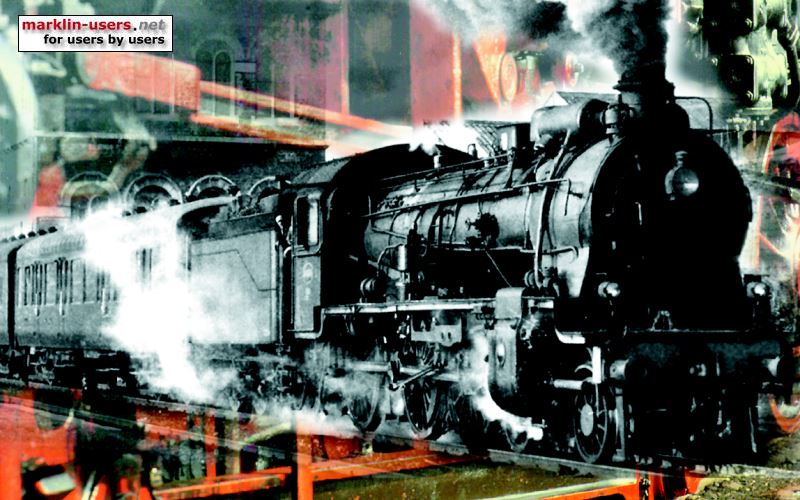 Did anyone mention Swiss cheese?
Did anyone mention Swiss cheese?And a collection of whitemetal and other bits.
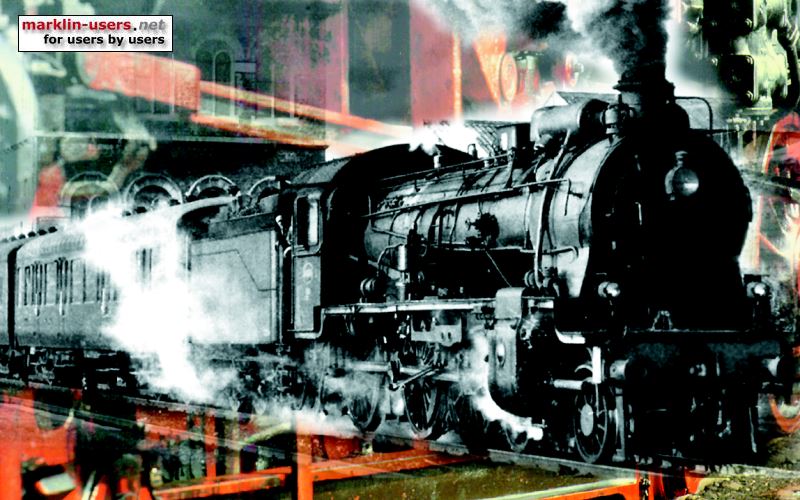
Quality is not as good as other kits I have built, but that doesn't mean that it won't finish up being a nice model.
Instructions were in the form of a NZR general arrangement, probably one drawn in the 1930's by Cedric Green. These drawings are very popular with modellers heer as they happen to be drawn in 1:64 scale. The rest of the single A-4 sheet is filled with some handwritten notes and an exploded diagram. not exactly much, but fortunately the
New Zealand Rolling Stock Register contains a lot of good photos of these and other wagons, which saves me a lot of searching.
First up I deburred the frame pieces. These are two sturdy whitemetal castings with a lot of flash. This was cleaned up with a file. Chalk is smeared onto the file to prevent the soft whiremetal clogging up the file.
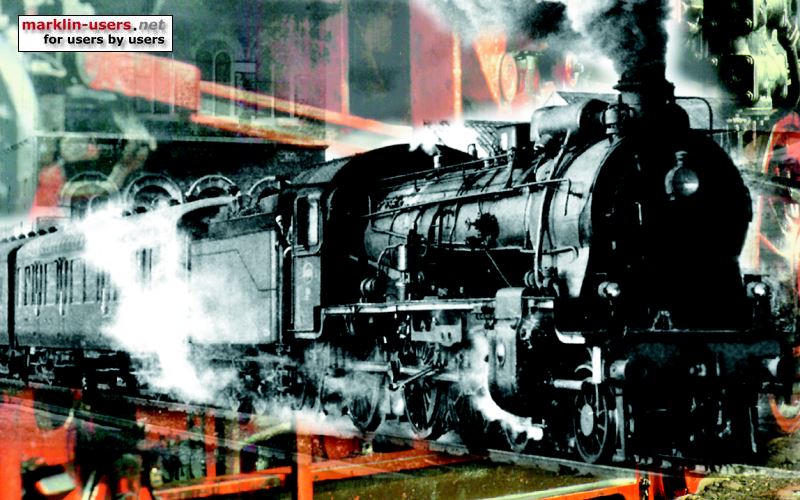
The next item to do is soldering the bearings in. The usual method for whitmetal is followed, with plenty of flux and a little low-melt solder. In the photo my fingers are holding the solder, my second hand is holding the camera and my third hand is holding the soldering iron

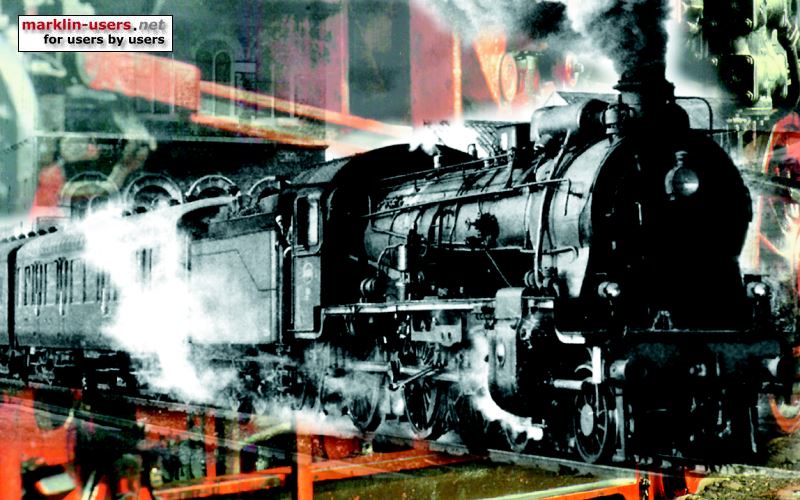
The frames are supplied way too long, so you can cut them to exact length to fit the resin body. A sensible thing to do, as resin will shrink during production, but production methods mean that not each body will e exactly the same length.
Here they are marked for cutting with a fine toothed saw. the mark in the middle is for centering.
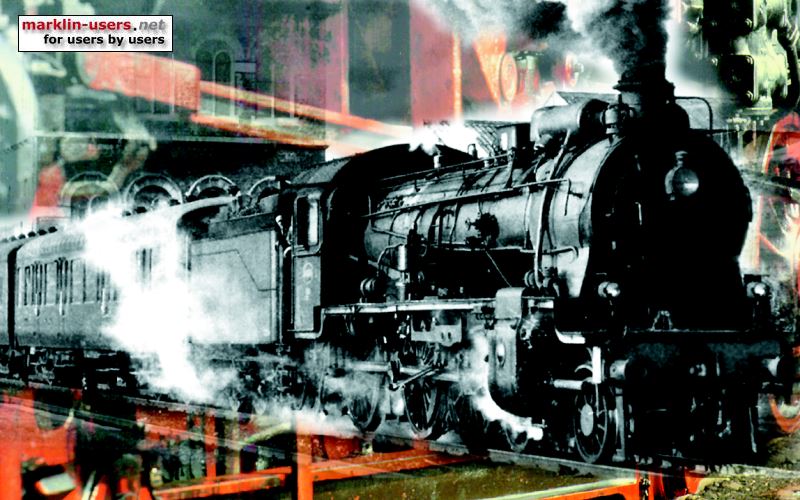
After being cut oversize and brought down to the correct length with a file the frame bits were marked for their respective sides(their lengths did not turn out to be equal) the defects in the casting were fixed with styrene and filler.
The obligatory test fit
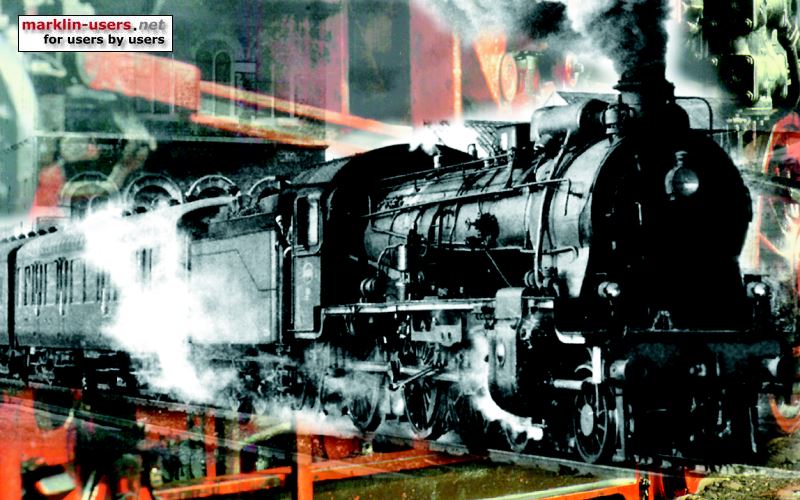
Once ready, the frames were superglued to the body, with the wheels being inserted as well, as I don't think I am able to remove them later on without damage.

Tomorrow I will continue with the rest of the "undergubbins"
Happy modelling
Rick
Edited by user 22 August 2013 23:52:43(UTC)
| Reason: Not specified